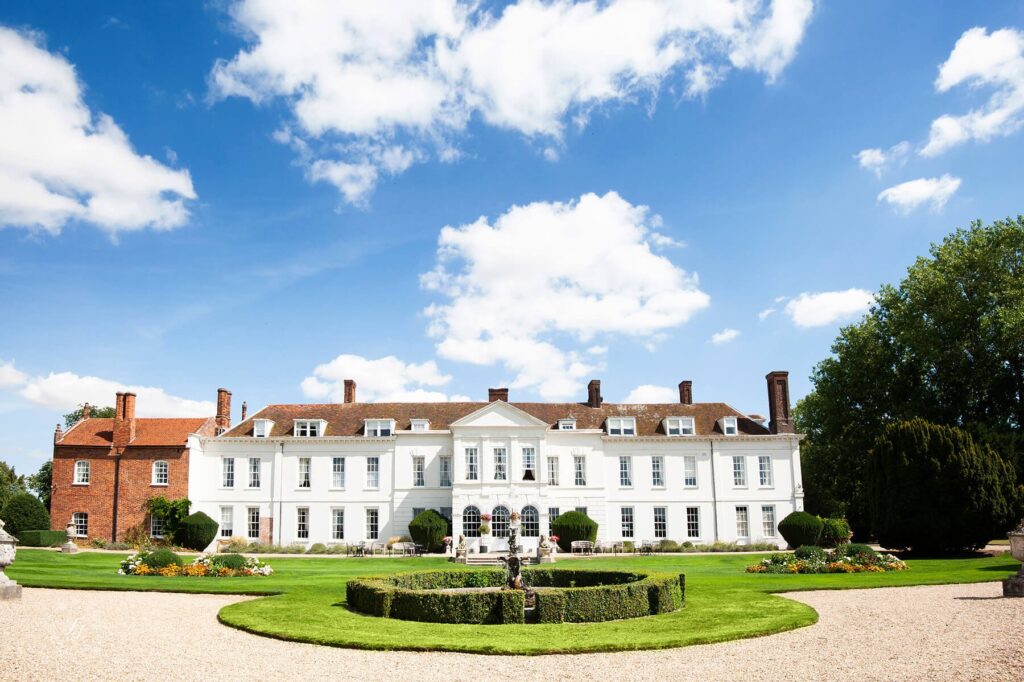
So, you’ve bought a historic property? That’s great! Historic homes exude an abundance of character and architectural flare, which probably played a key part in your reasoning for buying such a property in the first place.
Of course, it’s only natural that you may want to make a few changes, whether upgrades are needed or you simply want to add a tastefully modernised touch, there are certain considerations you’ll want to keep in mind when renovating a period home.
Having undertaken stately home renovations himself, James Perkins knows this better than anyone! Read on below as we impart some wise advice to keep in mind when carrying out your own renovations.
Preserve the Property’s Historical Integrity
Historic properties often have defining features in their architecture that are characteristic of the time period in which they were built. This could be anything from the building materials used to the style of windows, for example red brick homes with bay windows are highly characteristic of Victiorian architecture.
It’s important to preserve these defining features when undertaking a renovation and to compliment them as considerately as possible – especially if your home is a building of significance.
Consider the Surrounding Environment
When undertaking renovations, you not only want to consider the property itself, but the surrounding environment in which it’s situated. Think about how the renovation choices you plan to make will impact the environment on both a sustainable level and a visual one.
For example, if you’ve bought a property situated in the countryside with a picturesque backdrop, then certain materials and modern features or extensions may look out of place and ruin the beauty of this view. It’s best to think of innovative ways to meet your needs whilst minimising contrast with the overall aesthetic.
On top of that, you’ll want to consider any environmental regulations that you will need to comply with, as you may need to obtain certain planning permissions and approvals if there is an environmental concern related to the renovation work you intend to carry out.
Repair Don’t Replace
Similar to maintaining the historical significance of the property, you should also maintain its architectural integrity where possible. This means that where there are any structural or deterioration concerns that need to be addressed, you should attempt to repair these rather than replacing them.
If a replacement is unavoidable, then you should attempt to do so in a way that is as close to the original design as possible, or failing this ensure that the replacement is at the very least appropriate to the era’s aesthetic.
Expert Property Development
James is an expert when it comes to property development and restoration; he has worked as an estate developer to restore a number of properties, including his most recent venture restoring Parnham Park, one of the oldest stately homes in Dorset, after it was almost destroyed in a catastrophic fire.
If you would like to consult with James, please get in touch.
COMMENTS